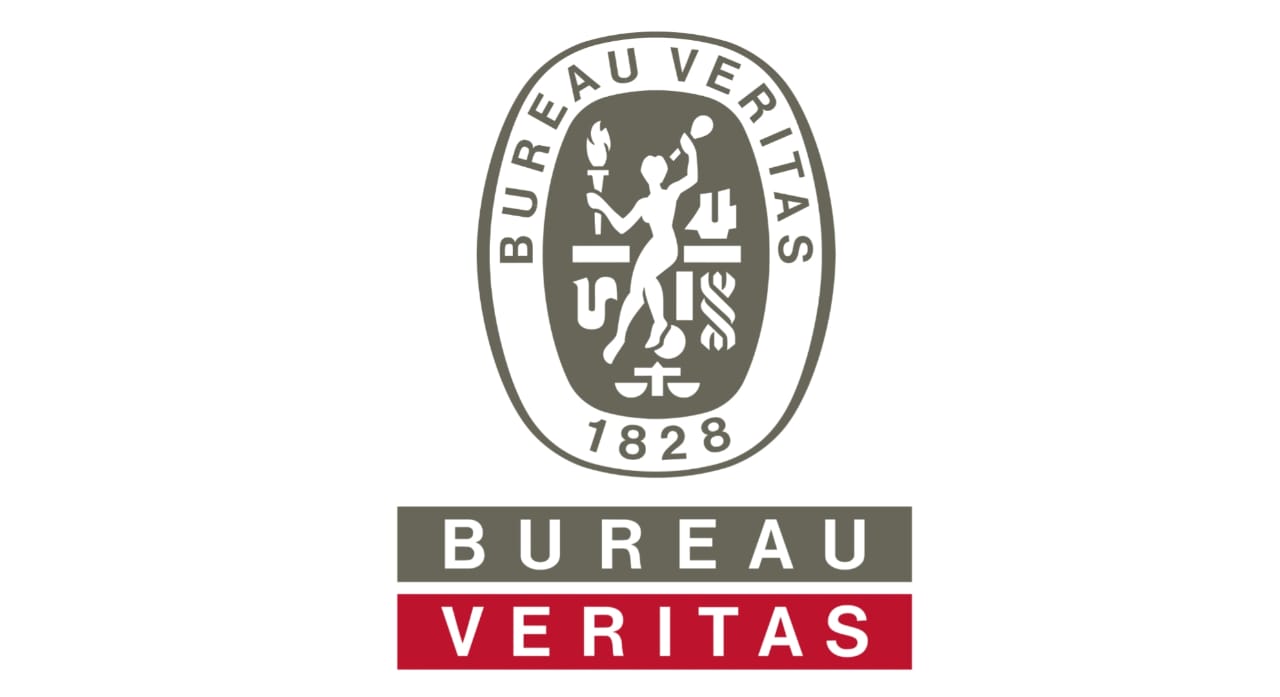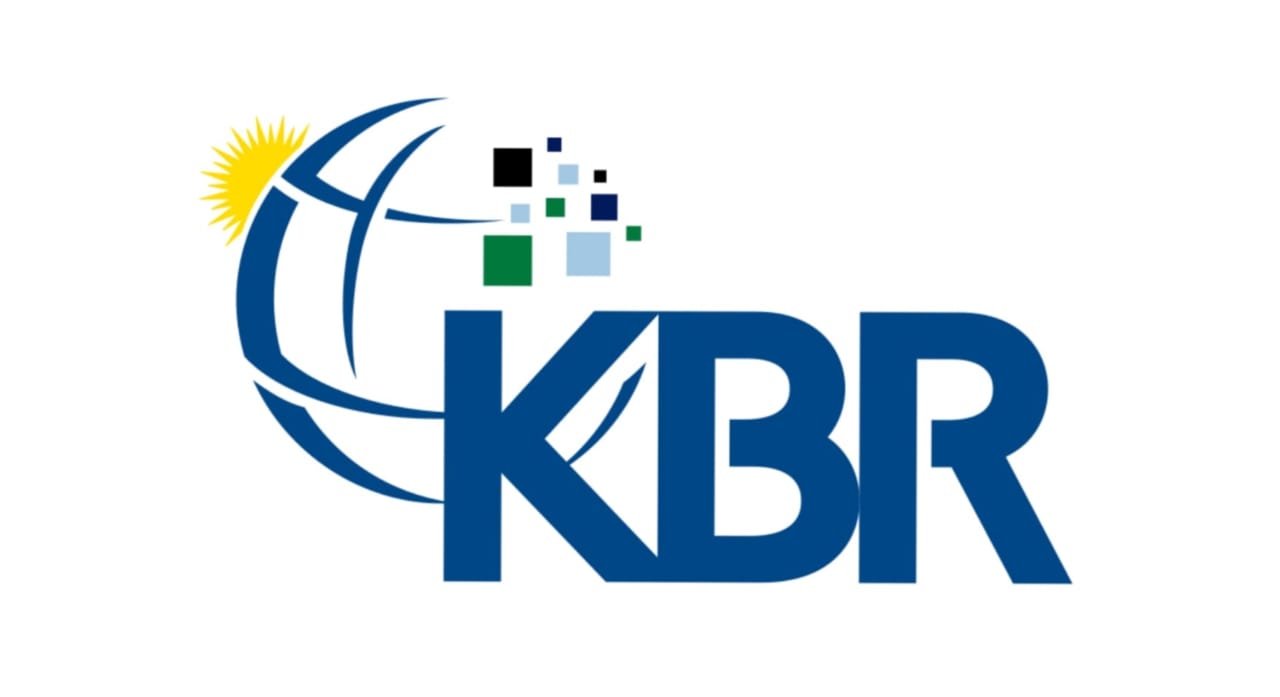Crane Radio System

Request A Demo Today
Please do not hesitate to contact us if you have any queries.
Crane Radio System
The Crane Radio System is an integral component of modern crane operations, particularly in construction, shipping, and industrial sectors. These radio systems facilitate communication between crane operators and ground personnel, ensuring precise and safe maneuvering of heavy loads. Beyond operational efficiency, the Crane Radio System plays a critical role in enhancing the security of crane operations, safeguarding both personnel and assets, and preventing accidents or unauthorized activities. A Crane Radio System is a wireless communication system designed to enable real-time, hands-free communication between crane operators and other workers on-site. Typically, this system comprises a two-way radio setup, with durable, often weather-resistant handsets that allow for clear communication even in noisy, challenging environments.
Role of VHF Marine Radio in Maritime Security
1. Distress and Emergency Communication:
o Distress Alerts: The VHF Marine Radio System is essential for sending distress signals in the event of a security threat, such as piracy, hijacking, or terrorism. Channel 16, designated as the international distress, safety, and calling channel, is monitored by maritime authorities, including the Coast Guard and naval forces. Vessels can quickly broadcast distress alerts, triggering an immediate response from nearby ships and coastal stations, ensuring that security forces are mobilized without delay.
o Digital Selective Calling (DSC): Modern VHF radios are equipped with DSC, which allows for the transmission of automated distress alerts containing vital information such as the vessel's location and identity. This capability significantly enhances the speed and accuracy of emergency responses, especially in situations where the crew may be incapacitated or unable to provide detailed information.
2. Monitoring and Surveillance:
o Routine Communication: VHF radios are used to maintain routine communication between vessels and shore-based security agencies. This communication is vital for monitoring the movements of vessels in sensitive or restricted areas, such as near military installations, in shipping lanes, or within exclusive economic zones (EEZs). Security forces can use this system to track vessels, verify their identities, and ensure they comply with maritime regulations.
o Surveillance and Intelligence Gathering: In addition to routine communication, VHF radios can be used for surveillance purposes. Security forces can monitor specific VHF channels to detect suspicious activities, unauthorized broadcasts, or potential threats. This capability allows for early detection and proactive management of security risks.
3. Coordination of Security Operations:
o Inter-agency Communication: The VHF Marine Radio System facilitates communication and coordination among various maritime security agencies, including the Coast Guard, Navy, and law enforcement units. During security operations, such as anti-piracy patrols or border protection missions, the system ensures that all involved parties can communicate effectively, share real-time intelligence, and coordinate their actions.
o Search and Rescue (SAR) Operations: VHF marine radios are crucial in SAR operations, which are often conducted in response to security incidents like vessel hijackings or accidents caused by hostile actions. The system allows for seamless coordination between rescue units, ensuring that search areas are covered efficiently and that victims receive timely assistance.
4. Preventing Unauthorized Access:
o Vessel Identification and Verification: Security forces can use VHF radios to contact vessels entering sensitive or restricted areas, requesting identification and verifying their intent. This is particularly important for preventing unauthorized access to ports, harbors, or coastal facilities. Vessels that fail to respond or provide satisfactory identification can be flagged for further investigation or interception.
o Broadcasting Security Warnings: The VHF Marine Radio System can be used to broadcast security warnings and advisories to vessels operating in specific areas. For example, in regions prone to piracy or conflict, security forces can issue warnings to commercial ships, advising them to alter their courses or take precautionary measures.
Role in Enhancing Security
1. Operational Safety and Accident Prevention:
o Real-Time Communication: The primary security benefit of the Crane Radio System is its ability to provide real-time communication between the crane operator and ground personnel. This constant communication is vital for avoiding accidents, such as collisions with other structures, equipment, or workers. By maintaining a clear line of communication, operators can receive immediate instructions, warnings, or updates, which helps prevent mishaps that could lead to injuries or fatalities.
o Coordination in High-Risk Environments: In environments where cranes operate near hazardous materials, power lines, or in confined spaces, the Crane Radio System allows for precise coordination. Ground personnel can guide the operator with exact directions, ensuring the crane’s movements do not compromise safety or cause dangerous situations.
2. Security Against Unauthorized Use and Tampering:
o Access Control and Authorization: Crane Radio Systems can be integrated with access control systems to ensure that only authorized personnel can operate the crane. This integration adds a layer of security, preventing unauthorized individuals from using the crane, which could lead to theft, vandalism, or accidental damage.
o Tamper Alerts: Advanced radio systems may include features that detect tampering or unauthorized attempts to communicate with the crane’s controls. If an unauthorized signal is detected, the system can trigger an alert, notifying security personnel of a potential security breach.
3. Emergency Response and Crisis Management:
o Emergency Communication Channels: In the event of an emergency, such as a crane malfunction, structural failure, or an unexpected event like a natural disaster, the Crane Radio System provides a dedicated communication channel for coordinating emergency responses. Operators can quickly alert security teams, emergency responders, and other workers, ensuring a swift and organized reaction to minimize harm.
o Evacuation Coordination: During emergencies requiring evacuation, such as a fire or hazardous material spill, the Crane Radio System can be used to coordinate the safe movement of personnel and equipment. The system allows for clear instructions to be given, ensuring that all individuals are accounted for and evacuated safely.
4. Monitoring and Surveillance Integration:
o Remote Monitoring: Some Crane Radio Systems can be integrated with remote monitoring and surveillance systems, allowing security teams to monitor crane operations in real-time. This capability is particularly useful in large industrial sites or construction projects where multiple cranes are in operation. Security personnel can oversee the movement of cranes, ensuring that operations comply with safety protocols and detecting any anomalies that could indicate a security threat.
o Incident Documentation: Communication over the Crane Radio System can be recorded and logged for security purposes. In the event of an accident or security incident, these recordings provide valuable evidence for investigations, helping to determine the cause and identify any lapses in protocol.
The Crane Radio System is a critical component of security in crane operations, offering essential benefits in terms of operational safety, access control, emergency response, and surveillance. By facilitating clear and reliable communication, the system helps prevent accidents, enhances coordination, and ensures that crane operations are conducted securely. While there are challenges to be addressed, ongoing technological advancements promise to further enhance the effectiveness and security of Crane Radio Systems, making them an indispensable tool in modern industrial and construction environments.







